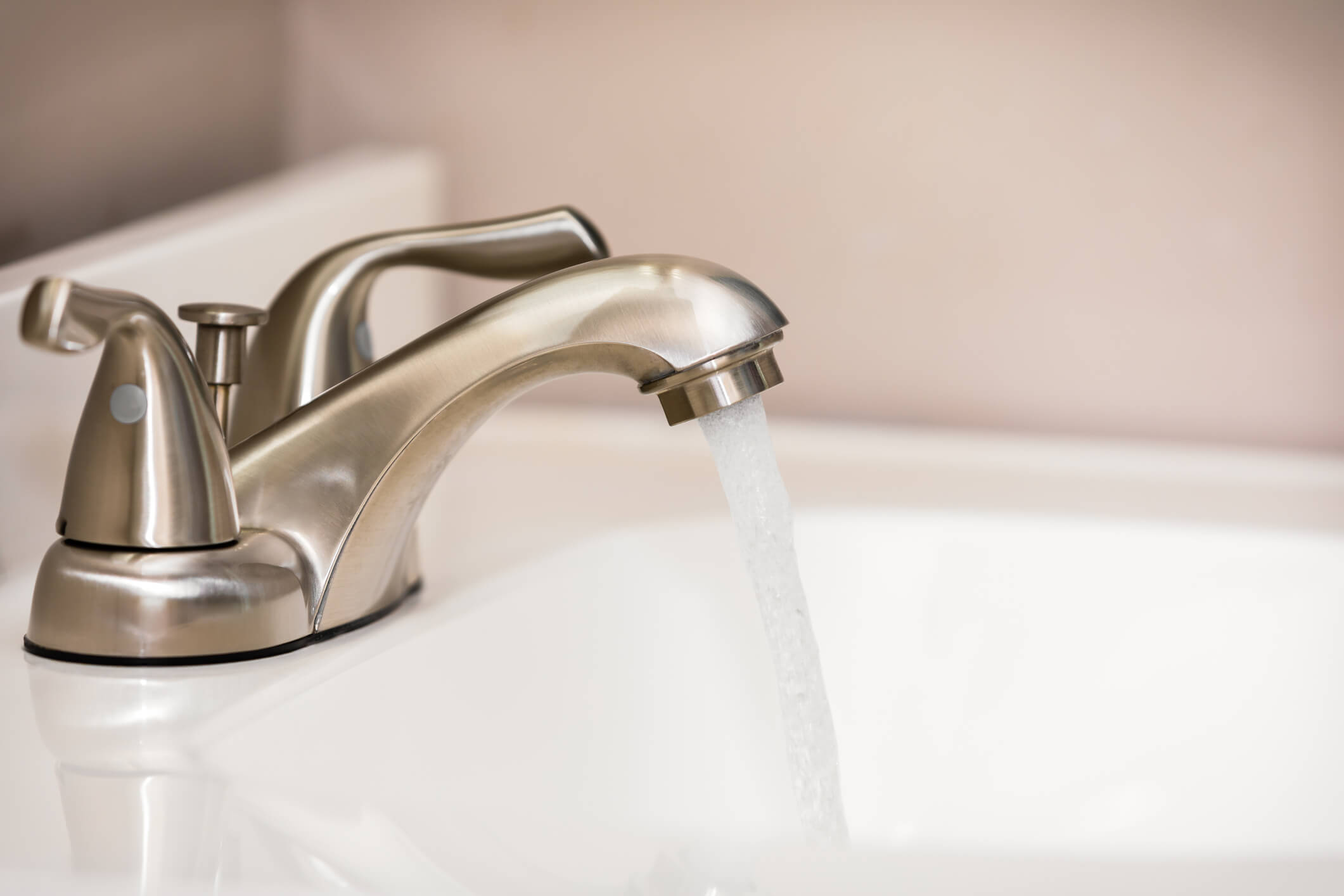Is your faucet making a high-pitched noise that you just can’t ignore? This problem is a lot more common than you might think, especially in areas with hard water. Below, we’ll explain the typical reasons why this issue occurs, along with solutions to resolve it.
1. Hard Water Mineral Buildup
“Hard water” contains a lot of dissolved minerals like calcium and magnesium. When hard water gets warm, this can cause the minerals to solidify and leave deposits on the inside and outside of your pipes and plumbing fixtures–including your faucets. If enough buildup accumulates inside your faucet, it will start restricting the opening that water passes through so much that the running water will create a whistle through the fixture.
In some cases, you can solve this problem by removing your faucet from your sink, soaking it overnight in distilled white vinegar, and scrubbing it clean with a toothbrush. If your faucet has an aerator, you may want to try removing and soaking that first before taking apart the rest of the faucet. If mineral buildup becomes a recurring problem in your home, it could be wise to invest in a water softener to extend the life of your plumbing system and water-using appliances.
2. A Dislodged or Worn-Out Washer
Your faucet’s nozzle contains a rubber washer that can wear out over time or simply become misaligned. When that happens, running water can start to make a whistling noise. You can try to move the washer back into position yourself by unscrewing the faucet nozzle and adjusting the washer. Just make sure you remember to shut off the water supply at the shut-off valve below your sink beforehand!
If you plan on replacing the washer yourself, triple-check that you’re purchasing the correct size replacement to avoid a leak and a bigger repair down the road. If not, you can always contact a trusted plumber.
3. Faulty Valves
Sometimes the hot or cold water valve can restrict water flow, and that can cause a high-pitched sound when the water runs. You can test this by trying each hot and cold water handle separately. If you own a single handle faucet, you can push it all the way to the left or right to see if the hot valve or cold valve is causing the problem.
In some situations, the valve components simply have mineral buildup and can be fixed with an overnight soak in vinegar. If they’re warped or cracked, they’ll need to be replaced.
4. Excessively High Water Pressure
If there’s more than one whistling faucet in your home, then this is a fairly strong sign that your water pressure is too high. In most homes, the water pressure should be in the range of 40 to 60 psi. When it exceeds 60 psi, you’re more likely to put premature wear-and-tear on your plumbing system and cause problems like leaks and water hammer.
You can increase or decrease your home’s water pressure using the pressure regulator or by adjusting the cut-off pressure on the pressure pump. Similarly, you can gauge your home’s water pressure with a pressure gauge, which is easy to find at most home improvement stores. Of course, if you’re unsure of how to operate these devices, it’s best to contact a plumber to avoid damage to your plumbing system.
Faucet Repair & Installation in Houston
If you’re having trouble with a faucet in your home, you can count on Pioneer Plumbing and Septic for prompt, reliable service. Our Houston plumbers are experts at getting to the root cause of plumbing fixture issues and will present you with the best options to meet your needs. Call us today at (281) 815-2772 or contact us online.

